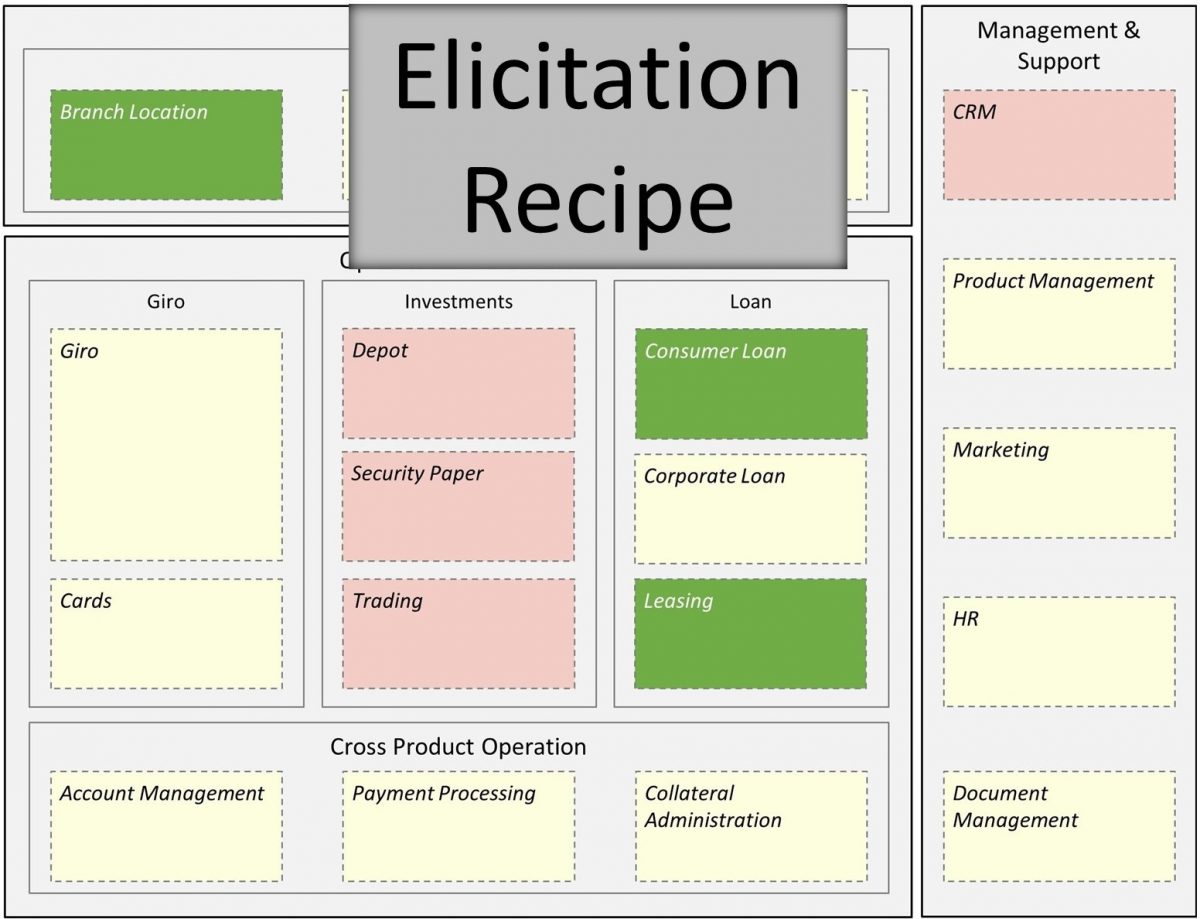AT#27: Capability Modeling Crash Course – Elicitation Recipe

If you want to learn more about capability modeling – register for the ->capability webinar we do approx. once a month.
Last week we completed our three-post crash course. We received lots of feedback and questions about how to elicit capabilities with the business people. The blog series reached an audience of thousands of people. For that reason, we decided to add a fourth – “da capo” post.
The previous post in this blog-series discussed why capabilities are the invaluable core of Architectural Thinking, how to use your existing process- or value stream maps and how to structure capabilities. Today we present how capabilities should be elicited by the business architect by a broad participation of business stakekholders. Enjoy!








